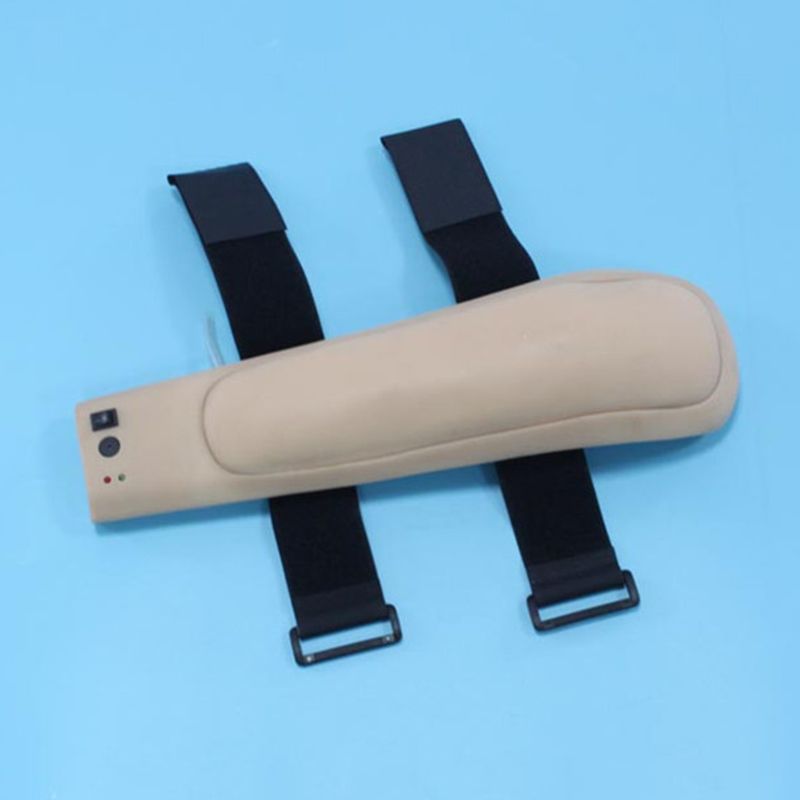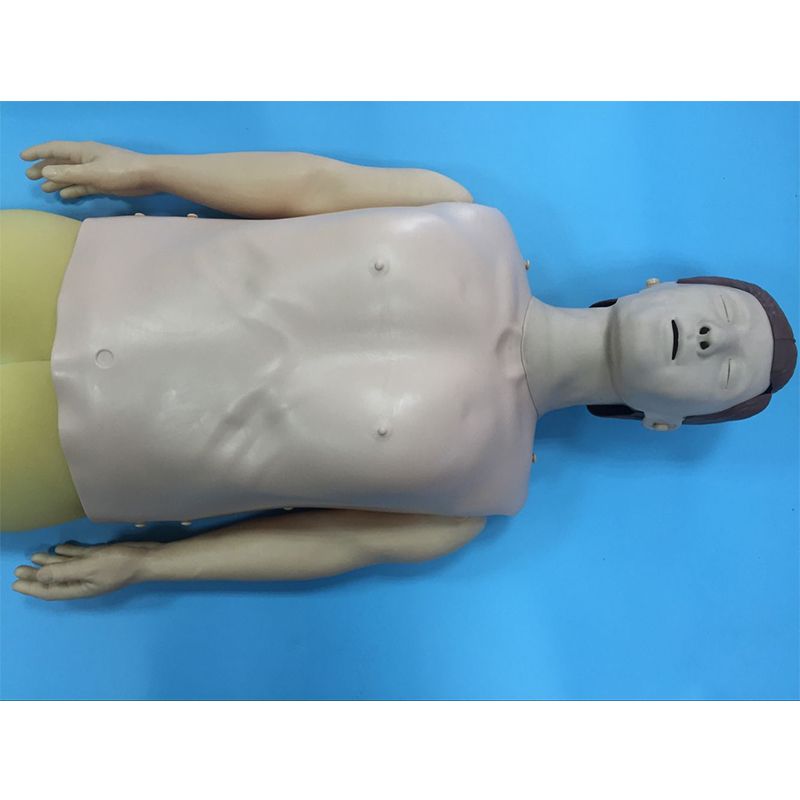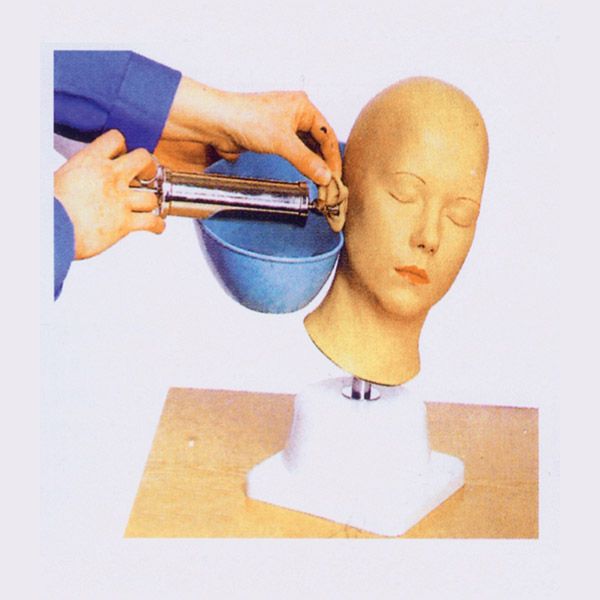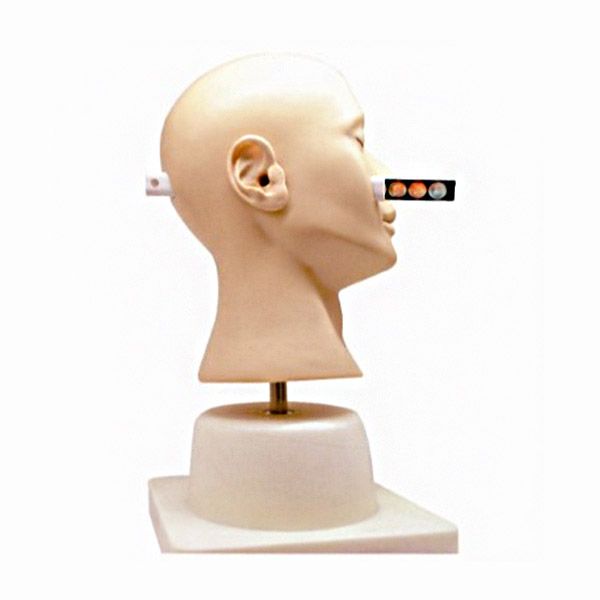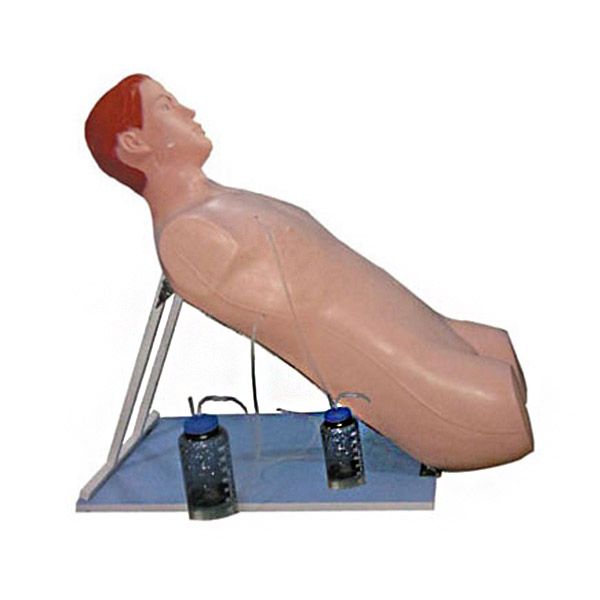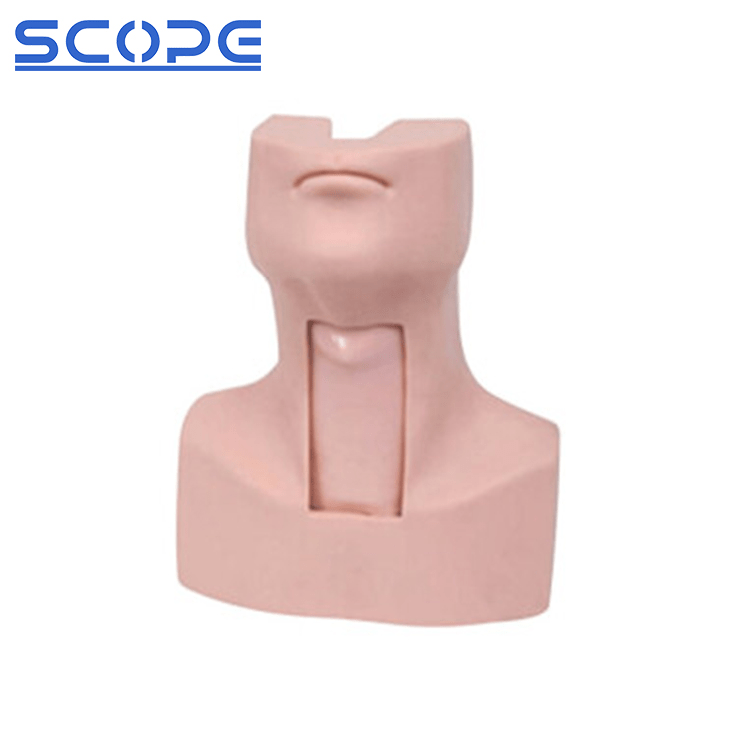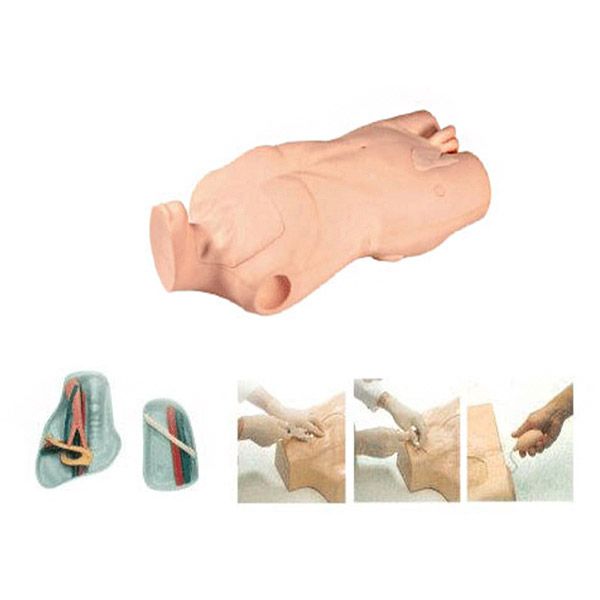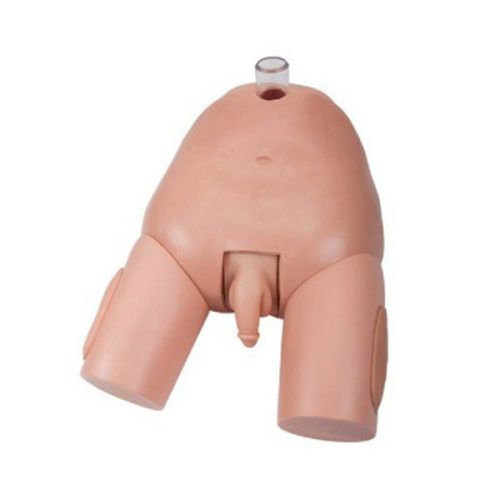In the field of modern medical education and training, patient care manikins play an indispensable role. They are a type of equipment specially designed to simulate real patient conditions. They can simulate the physiological structure, physiological functions and various pathological conditions of the human body, allowing medical staff to practice various nursing operations in a simulated environment. They provide medical staff with a safe and repeatable practice platform, which helps to improve the skills of medical staff and ensure patient safety. Next, let’s quickly understand patient care manikins from three aspects.
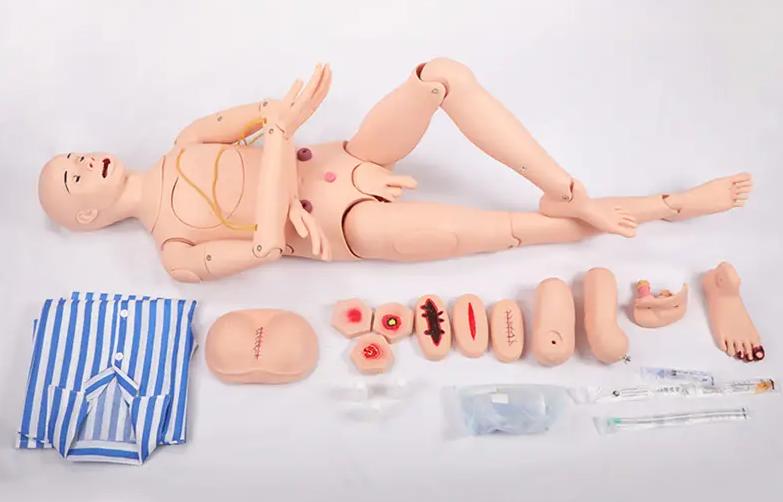
Point 1: Understanding Patient Care Manikins
Types and Functions of Patient Care Manikins
Patient care manikins include basic care manikins and advanced comprehensive manikins. Basic care manikins focus on basic nursing operation training, such as injections and catheterization. Advanced comprehensive manikins are more complex. They can simulate a variety of physiological functions, such as heartbeat, breathing, blood pressure changes, etc., and can also simulate physiological responses under various disease states. For example, when simulating a heart attack, the simulator’s electrocardiogram will change accordingly, and may be accompanied by symptoms such as dyspnea. Some specialized models are tailored for specific scenarios, including pediatric care, obstetrics, or emergency trauma. Manikins of different types and functions have their own unique features and can meet different levels of needs, from basic nursing training to advanced clinical skills training.
The manikins in Scopelab ranging from CPR manikins, clinical training manikins, nursing training manikins to human anatomy simulators. Most of the hot sale types you can find with us, and please feel free to contact us when the product meet your requirements.
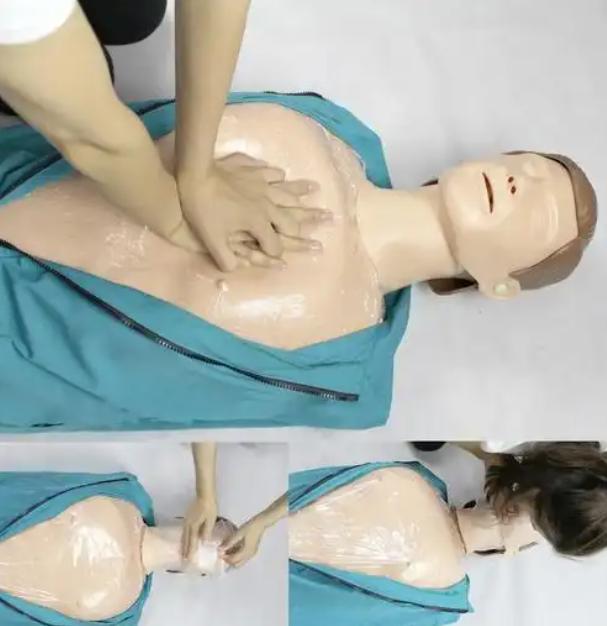
Material and Safety Standards
The materials used in patient care manikins are typically durable, non-toxic, and skin-safe. Most manikins are made of high-grade silicone or thermoplastic elastomers, which mimic the texture and flexibility of human skin. Safety is a top priority, and manufacturers often comply with international health and safety regulations to ensure the product is suitable for frequent use in educational settings.
The patient care manikin in scopelab are made of advanced PVC material, which is durable and not easily damaged. It can be used hundreds or thousands of times and is mainly used for training and teaching.
Warranty and Maintenance
The warranty period of manikins varies from brand to model. Some well-known brands of manikins may provide a warranty period of 1-3 years. During the warranty period, if the manikins have a malfunction that is not caused by human damage, the manufacturer will provide free repair services. However, some simpler manikins may have a shorter warranty period of about 6 months to 1 year. Scopelab patient care manikins have one-year after-sales service, we are providing factory direct sale and can satisfy your special needs.
In terms of maintenance and care, first of all, you should pay attention to keeping the manikin clean. After use, you should clean the stains on the surface of the manikin in time, especially after liquid operation training (such as injection, enema, etc.), to prevent the residual liquid from corroding the manikin. For the joints of the manikin, you should regularly check its flexibility, and if there is a jam, you should make adjustments in time. In addition, the electronic components of the manikin also need to be regularly inspected and maintained to ensure their normal operation.
Understanding the types, materials, safety standards, and maintenance requirements of patient care manikins ensures that users can make informed decisions and keep their tools in optimal condition for training purposes.
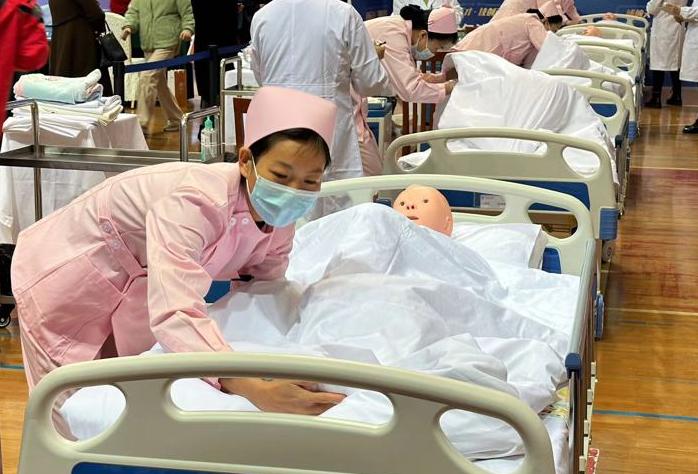
Point 2: Using Patient Care Manikins
What skills can patient care manikins be used to train?
Patient care manikins can be used to train a wide range of nursing skills, such as basic vital sign measurement (temperature, pulse, respiration, blood pressure), various injections (subcutaneous, intramuscular, intravenous), catheterization, enema, cardiopulmonary resuscitation, and more. Additionally, they can be used to train healthcare professionals’ communication skills, as manikins can simulate different medical conditions, requiring healthcare providers to effectively communicate with the “patient” based on the simulated condition.
How to use patient care manikins for training?
When using patient care manikins for training, the first step is to select the appropriate manikin based on the training objectives. For basic nursing training, a basic nursing manikin can be chosen; for advanced clinical skill training, an advanced comprehensive manikin should be selected. Then, according to the manikin’s operation manual, the operating settings are adjusted, such as setting the manikin’s physiological parameters and disease states. During the training process, the trainer can observe the trainee’s operation process and provide timely guidance and feedback.
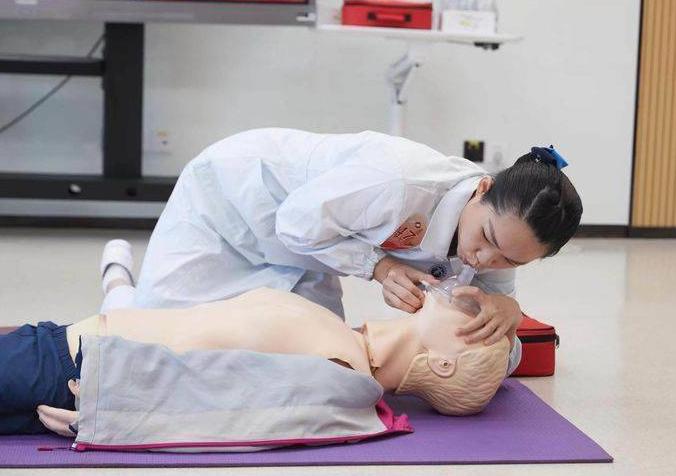
What clinical scenarios can patient care manikins simulate?
Simulating clinical scenarios is one of the important functions of patient care manikins, which helps healthcare professionals better cope with various situations in actual clinical work. Manikins can simulate common clinical scenarios such as heart attacks, respiratory failure, and shock. They can also simulate the management of chronic diseases such as blood glucose monitoring and insulin injection management for diabetic patients. Additionally, they can simulate the nursing scenarios before and after surgical procedures, such as preoperative preparation and postoperative wound care. The ability to simulate multiple clinical scenarios makes manikins a powerful tool for healthcare professional training.
What are the advantages of patient care manikins compared to real patients?
Patient care manikins have significant advantages compared to real patients. First, manikins can repeat various operations without being limited by time or number, while operations on real patients are often subject to many limitations. Second, manikins can simulate various extreme and dangerous situations, such as the care of patients with severe infectious diseases, which is difficult to achieve with real patients. Third, manikins will not be harmed due to improper operations, providing a risk-free practice environment for healthcare professionals. These advantages make manikins indispensable in medical training.
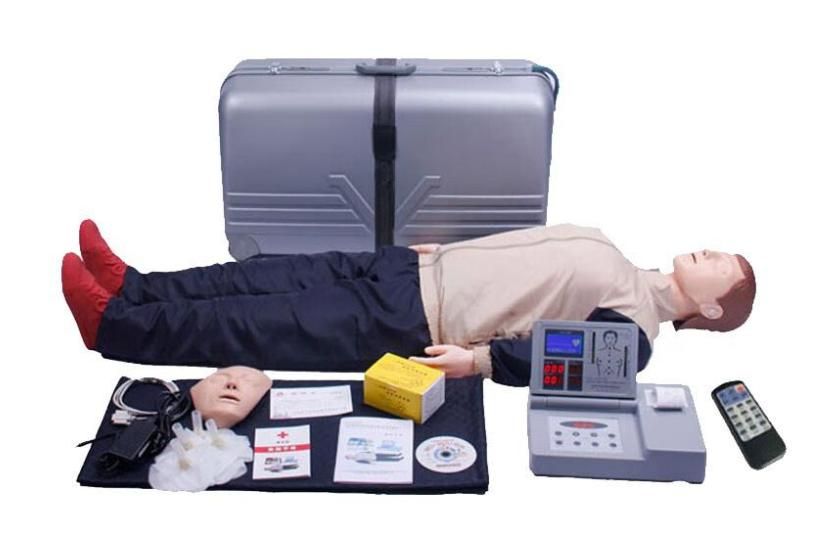
Point 3: Selecting the Right Manikin
How to Choose a Patient Care Manikin That Meets Your Needs?
Selecting the right patient care manikin from a wide range of options can be challenging. To make an informed decision, first clarify the purpose of the manikin. For basic nursing training, a simple, cost-effective basic nursing manikin is sufficient. However, for advanced clinical skill training, a complex, high-fidelity advanced comprehensive manikin is necessary. Second, consider the budget. Different brands and functionalities of manikins vary significantly in price. Choose one that aligns with your financial resources. Additionally, think about after-sales service, including warranty period and repair response time. By comprehensively considering these factors, you can select a patient care manikin that meets your specific requirements.
Popular Brands and Models of Patient Care Manikins
Understanding popular brands and models can help narrow down your choices. In the market, brands like Laerdal and Gaumard are well-regarded. Laerdal’s SimMan series is favored by many medical institutions and schools due to its high fidelity and extensive features. Gaumard’s products also have unique advantages, such as its Victoria manikin, which excels in obstetric nursing training. However, these brands’ products are usually more expensive. If basic teaching training is your primary goal, Scopelab’s manikins offer a good balance between product quality and price.
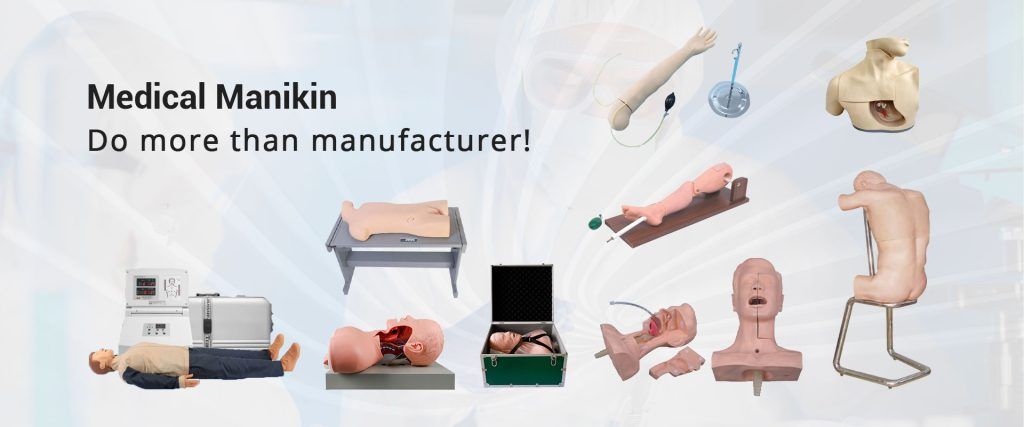
Considerations When Purchasing a Patient Care Manikin
When purchasing a manikin, carefully consider several factors to ensure you get a satisfactory product. In addition to the aforementioned factors of function, brand, budget, and after-sales service, pay attention to product compatibility. If you already have related training equipment, ensure the new manikin is compatible with existing devices. Also, check the product’s certifications, such as compliance with relevant medical device quality standards. By noting these purchasing considerations, you can avoid risks during the purchasing process and ensure you acquire the right manikin.
Can Patient Care Manikins Be Customized?
Customizing a manikin can meet some specific training needs. Some manufacturers offer customization services. For instance, if a medical institution needs training for a particular rare disease, they can request a manufacturer to customize a manikin that simulates the symptoms of that rare disease. However, customized manikins typically have higher costs and longer lead times. Although there are some limitations to customizing manikins, it is a viable option for specific needs.
Patient care manikins play a crucial role in modern medical education and training. From the product itself, it’s essential to have a thorough understanding of its types, functions, materials, safety, warranty period, and maintenance. In terms of usage, it can train a variety of skills, simulate various clinical scenarios, and offers numerous advantages compared to real patients. When selecting a manikin, it’s necessary to comprehensively consider factors such as needs, brand, budget, after-sales service, and customization options. By gaining a comprehensive understanding of patient care manikins from these three aspects, medical institutions and schools can better select and utilize manikins, improve the training quality of medical personnel, and ultimately provide higher quality medical services for patients.
